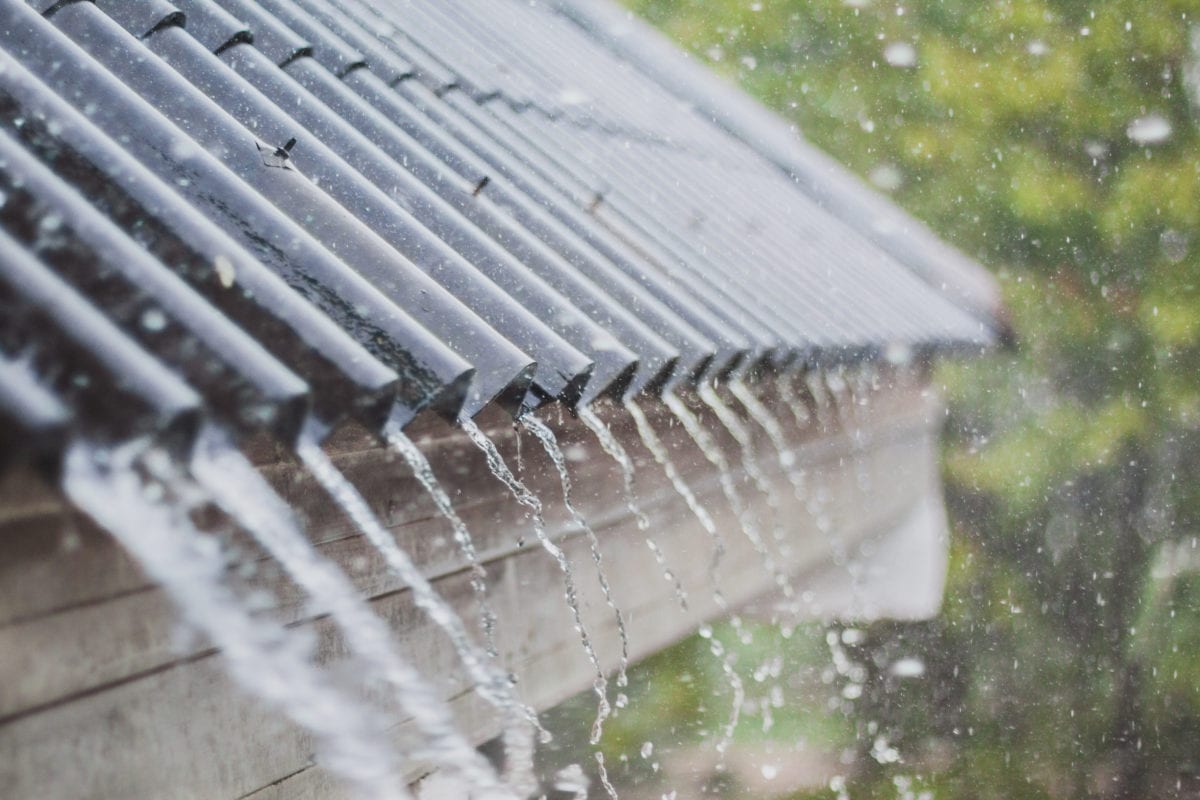Living in Southern California we are all too familiar with natural disasters like fire and earthquakes. What about flooding in Southern California? According to the National Flood Insurance Program, flooding is the most common natural disaster in the United States.
During 2019, the U.S. experienced a very active year of weather and climate disasters. In total, the U.S. was impacted by 14 separate billion-dollar disasters including: 3 major inland floods, 8 severe storms, 2 tropical cyclones (Dorian and Imelda), and 1 wildfire event.
2020 has continued the trend of catastrophic loses with a record hurricane season in the south and record breaking wildfires in the West. Though 2020 winter outlook for the southern part of the US calls for drier- than-average weather, preparation is the best way to prevent or minimize damage from potentially heavy rains. In many cases, taking the following precautions to protect your home or property can be accomplished in just a few hours to a few days.
- Take Early Precautions: The time to prepare is before an event happens, so “flood-proof” your home’s major systems.
- Elevate your furnace, water heater and other permanent equipment, such as generators, above expected flood levels for your area.
- Test sump pumps to make sure they are operating properly. If you own a generator, have a transfer switch to your sump pump installed; in the event of power loss, you can operate it to protect your home.
- Install a back-flow valve to prevent sewage backup.
- Have A Plan, Be Prepared! Put a plan in place and review it with your family.
- Plan and practice an evacuation route and include a meeting point in case family members separate during evacuation.
- Review with family members how to shut off utilities in the event of an emergency.
- Plan a survival kit, which should include important documents like insurance policies, critical medication and other items like cash and credit cards you’ll need if you’re forced to evacuate.

- Clear gutters and rain spouts.
- Move valuable furniture, rugs and electronics to upper floors or at least raise them off floor level.
- Shut off your electricity at the breaker panel and try to elevate major appliances onto concrete blocks if they are at risk.
Water Damage vs Flood Damage
Typically, homeowners insurance does not cover damage due to flooding, so you will have to purchase a separate flood insurance policy to protect your home and belongings. Learn to identify the difference between flood damage and water damage and check with your insurance broker to know what your policy covers.
Certified Restoration
After a flood, assess any flood damage and promptly report any losses to your insurance company. If cleanup is necessary, contact a water damage restoration specialist to begin the flood cleanup process. Flood damage restoration needs to begin as early as possible to prevent the least amount of damage to your property and possessions.
Contact Certified Restoration for flood and water damage remediation. We’ve been serving the San Diego area for more than 25 years, offering 24/7 emergency service. Our policy is to be there within the hour. We’ll take immediate action to minimize any damage to your home and begin reparations so you and your family can have your residence back to normal as quickly as possible.




